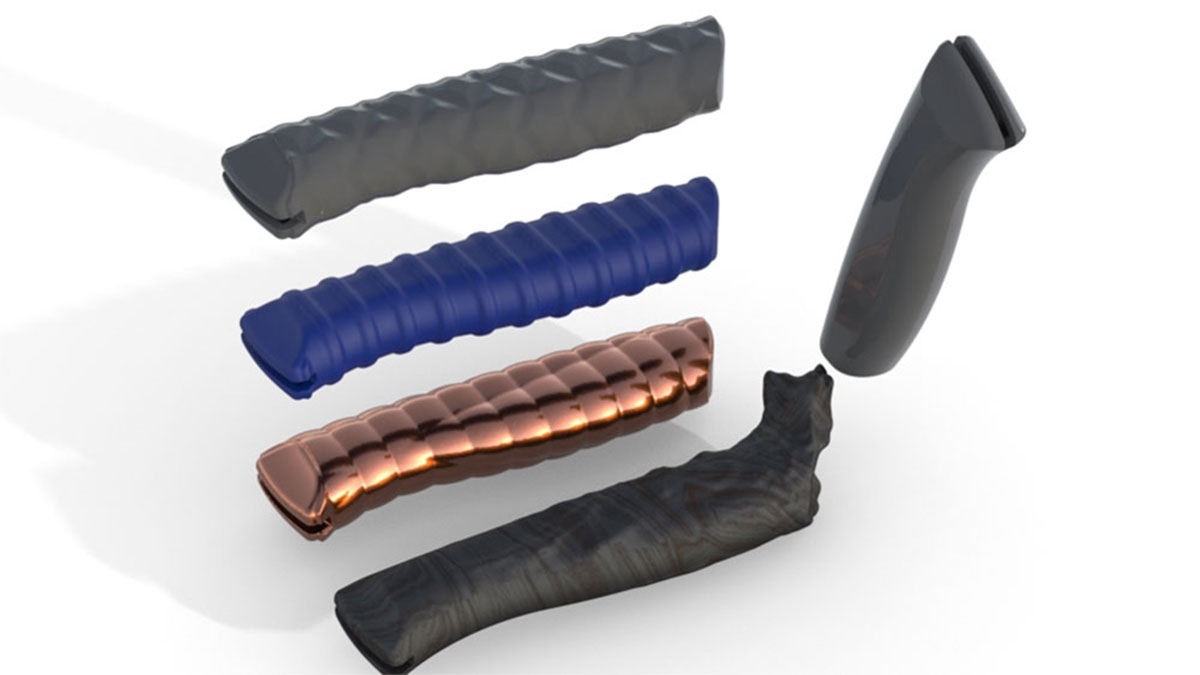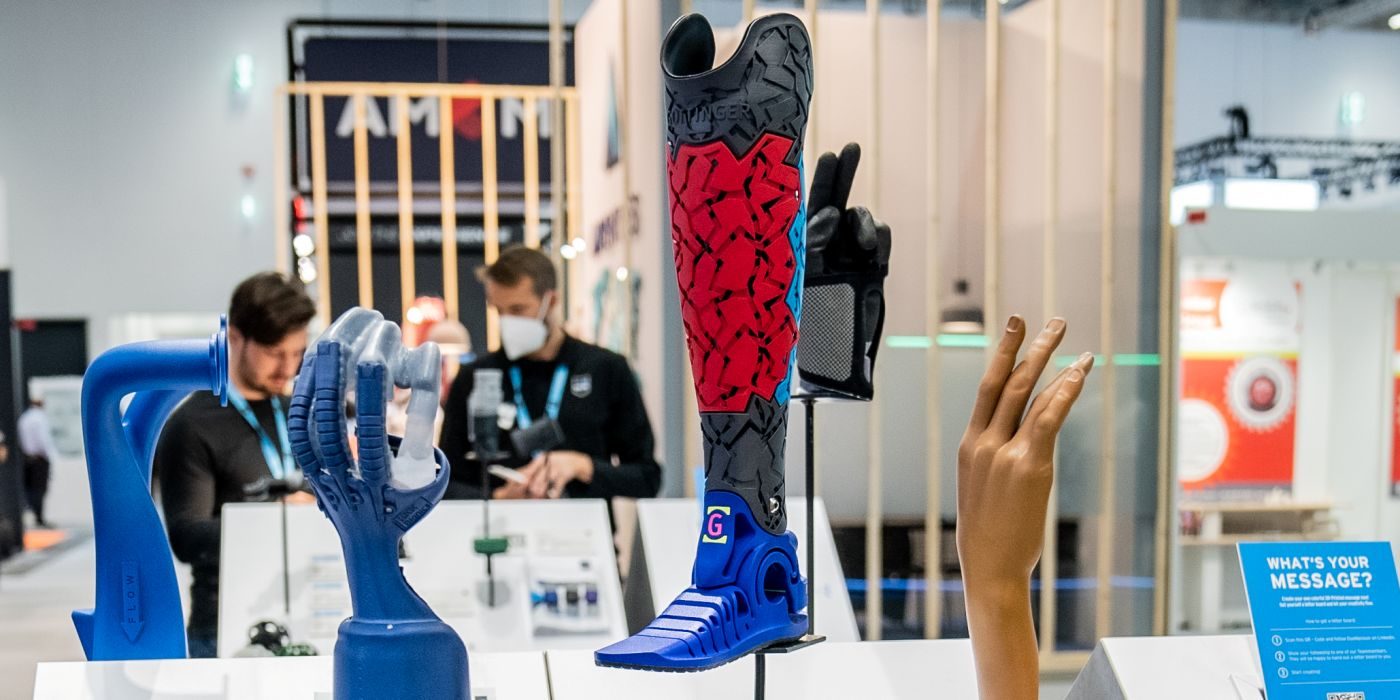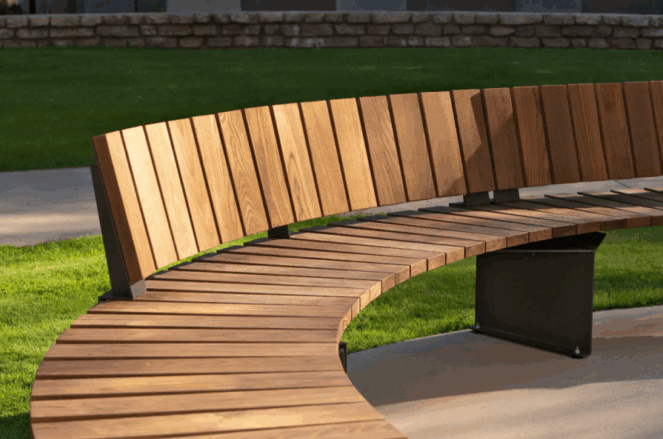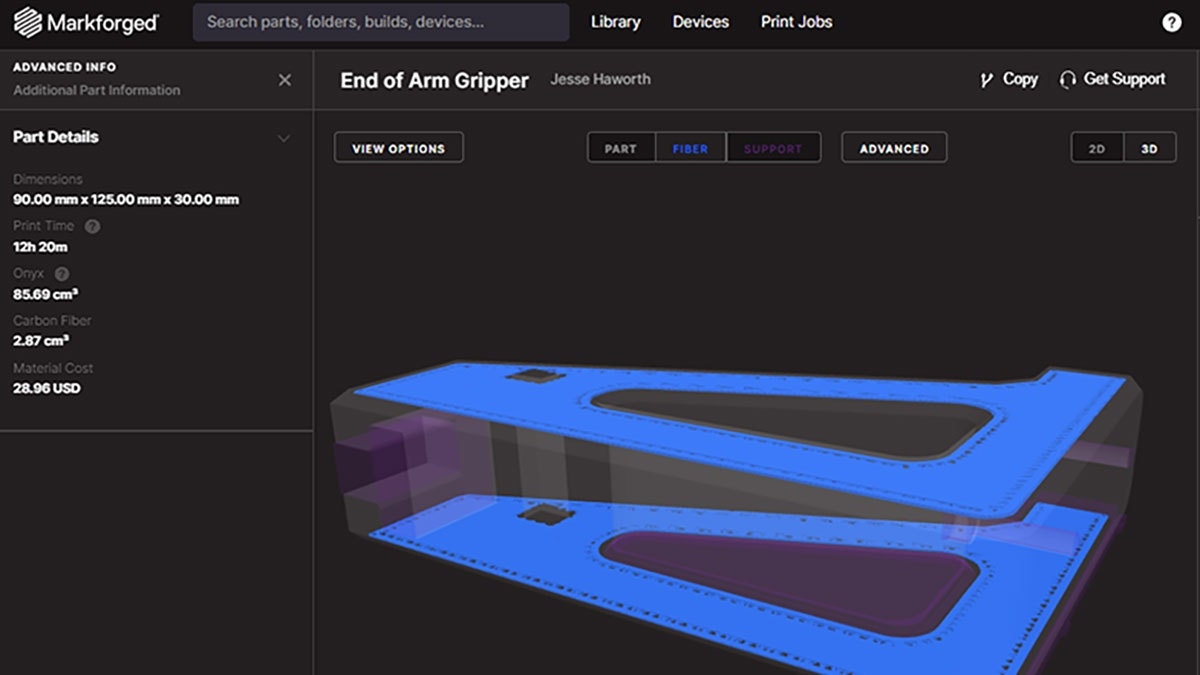With the changing world of additive manufacturing, the ways we can approach a project have significantly increased compared to traditional manufacturing methods. By moving away from manufacturing constraints, we can combine features together, reduce part numbers, and simplify features from needing certain aspects to accommodate the manufacturing needs. The term Design for Additive Manufacturing, or DFAM, is used for parts designed to be 3D printed vs. machined or moldeds.
HP Jet Fusion technology has also disrupted the traditional manufacturing space through means of rapid prototyping or use in small and medium production runs of a part. Jet Fusion printing, with its powder and fusion agent system of printing, allows for complete geometry freedom and the ability to nest parts within the build space to optimize the number of parts printed at once. With several different materials available for HP 3D printers, parts can be tested in one build for functionality with one material, and the printer can be switched to a new material for a production run. No need for downtime due to switching molds or tooling depending on the part printed, you can simply change the parts within a build to fit what is needed for production!
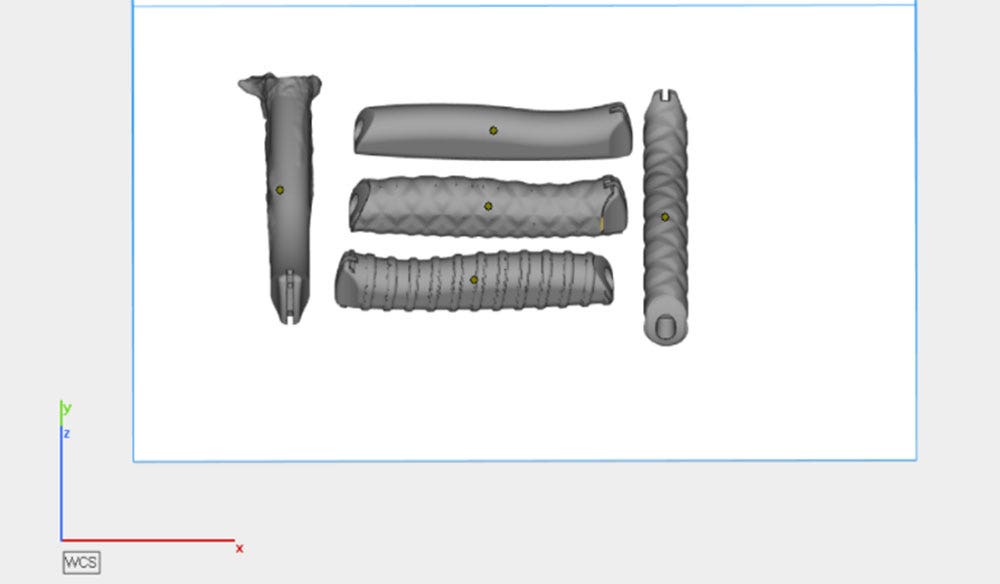
Five handles being printed at once for prototyping.
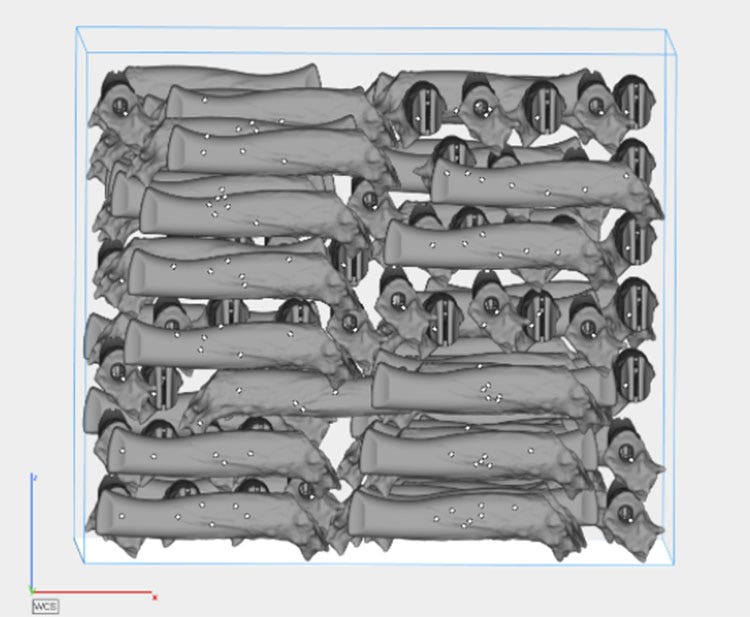
115 handles nested into a single build for production run.
Along with having freedom of printing geometry, parts made from HP 3D printers can also be post-processed. Vapor smoothing parts can turn the raw, rough, surface of a printed part into something that looks and feels like traditionally-manufactured parts. This also improves different properties of the material, such as moisture absorption and flexibility.
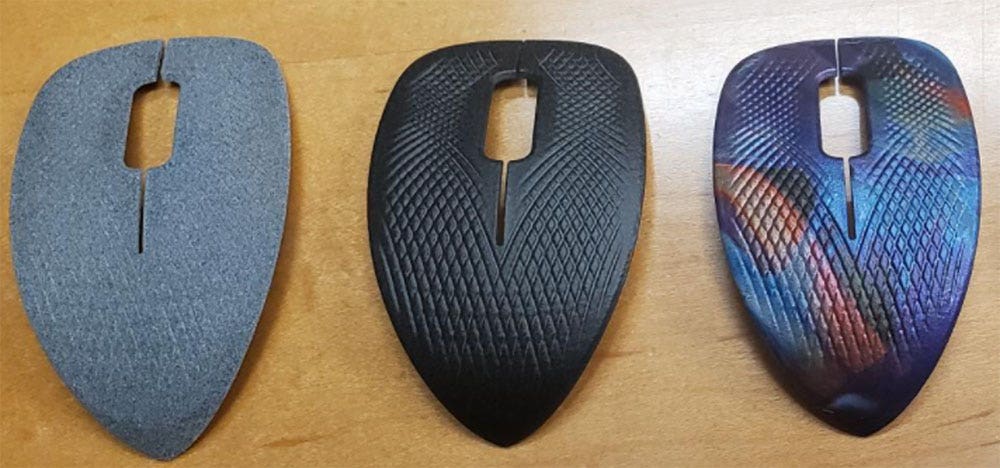
Three states of processing prints: raw is on the left, vapor smoothed in the middle, and hydro-dipped on the right.
To discuss the topic of DFAM and how HP 3D printers are working along with, or replacing, aspects of traditional manufacturing, watch our recent webinar.
Watch Webinar Now
Our additive expert will review how a cutlery knife handle, made of several components and manufacturing requirements, can be redesigned for HP Jet Fusion 3D printing. We’ll also discuss different topics from identifying features that can be modified, printing prototype versions of the handle, switching to production runs of the handle, and the benefits of post-processing the parts.
Have questions on HP 3D printing or looking for more information? Contact us and our team of dedicated additive experts at Hawk Ridge Systems would love to help!
